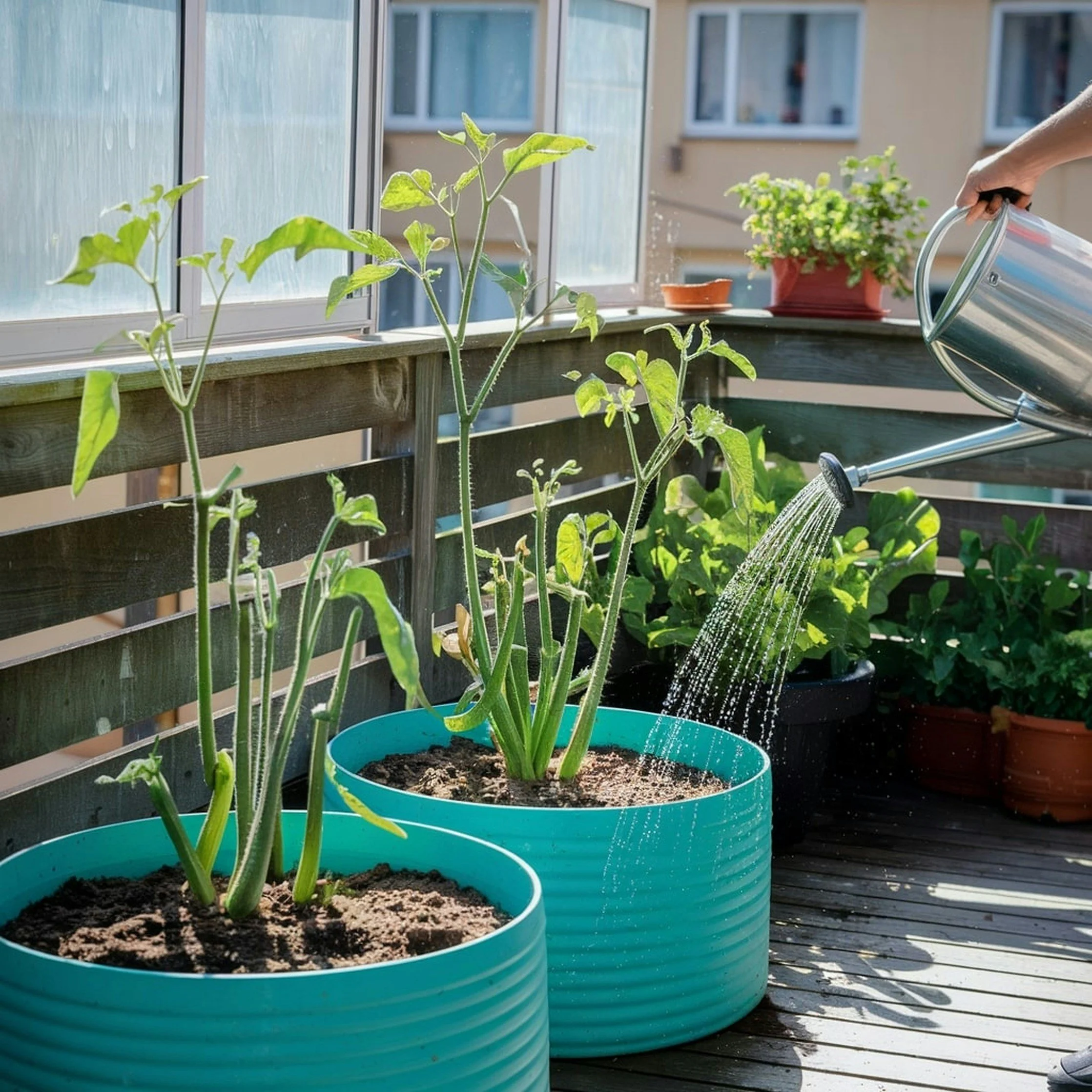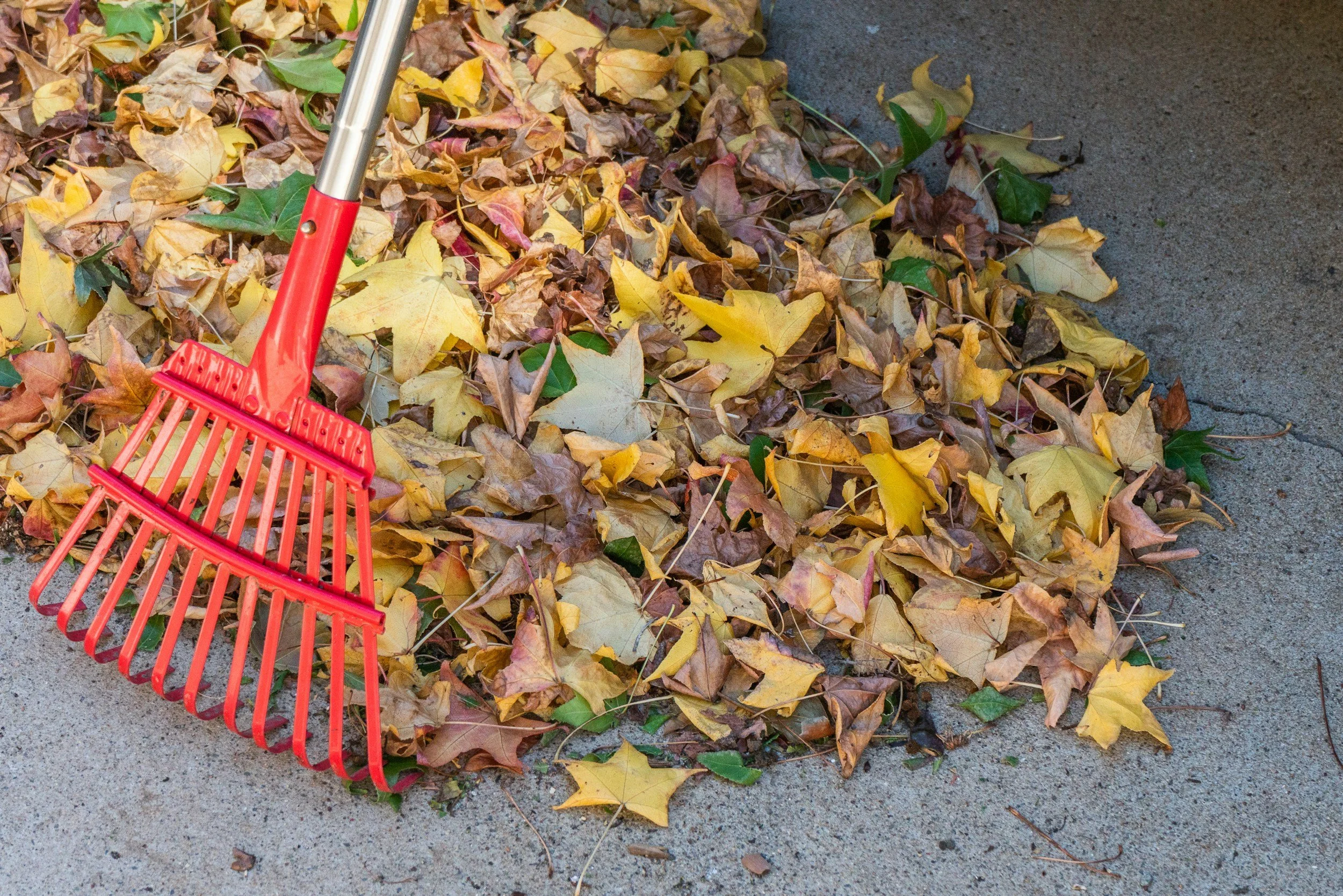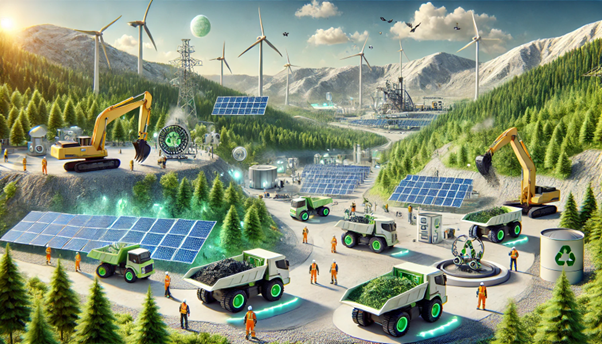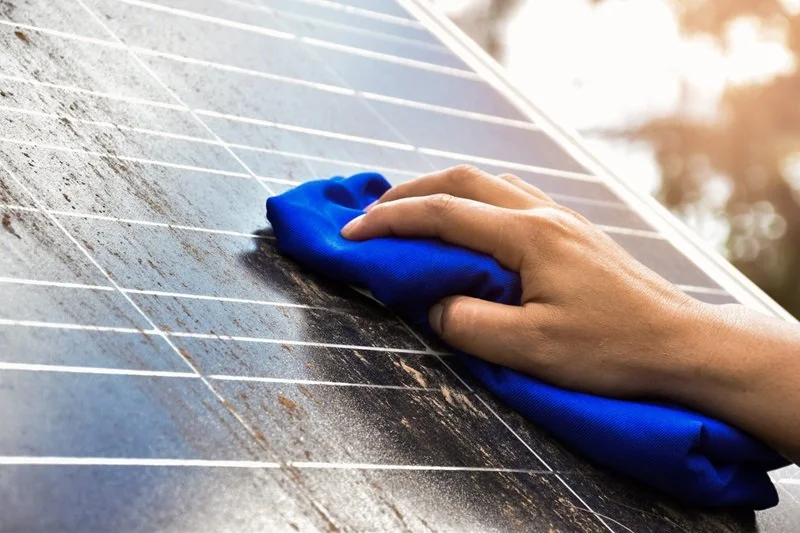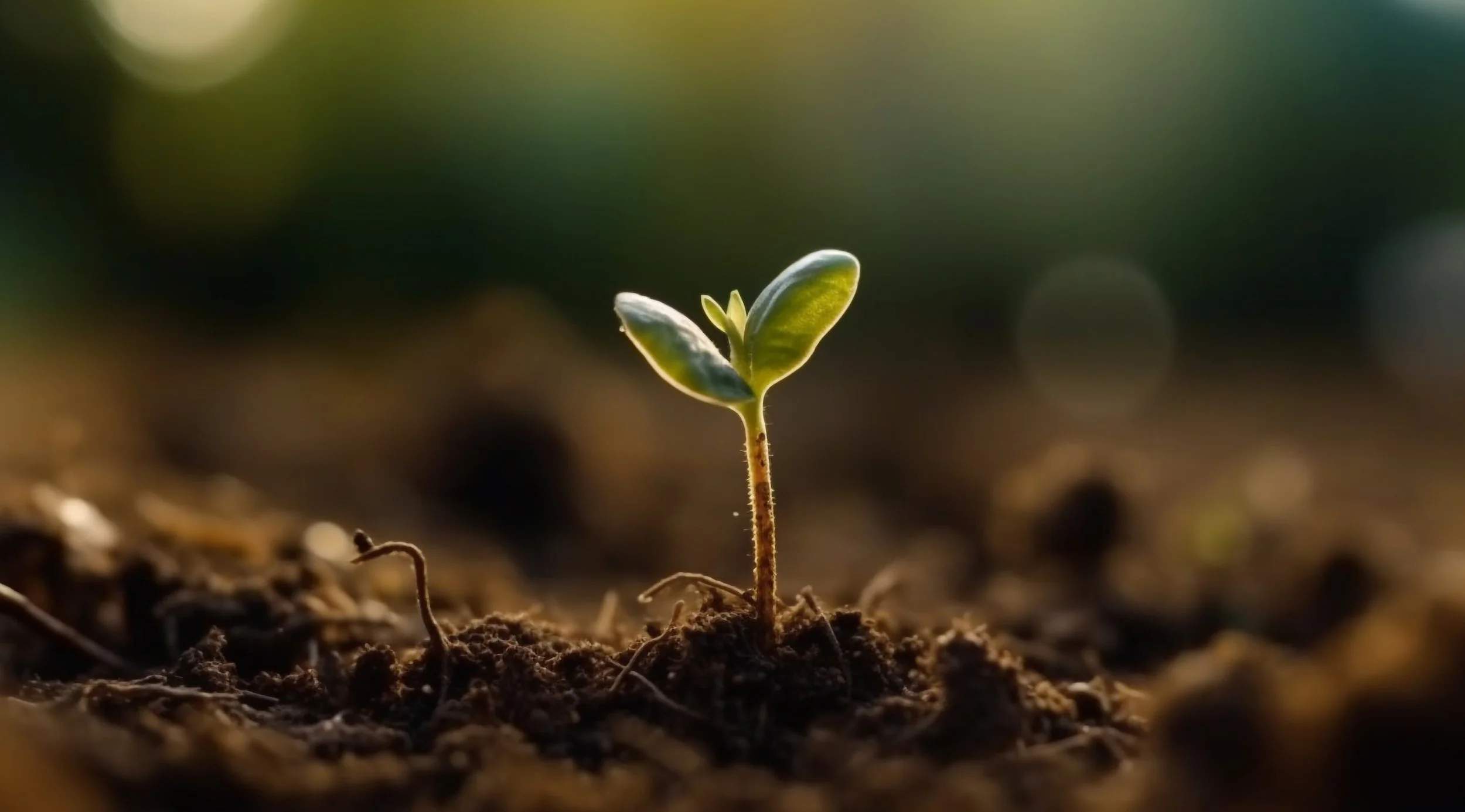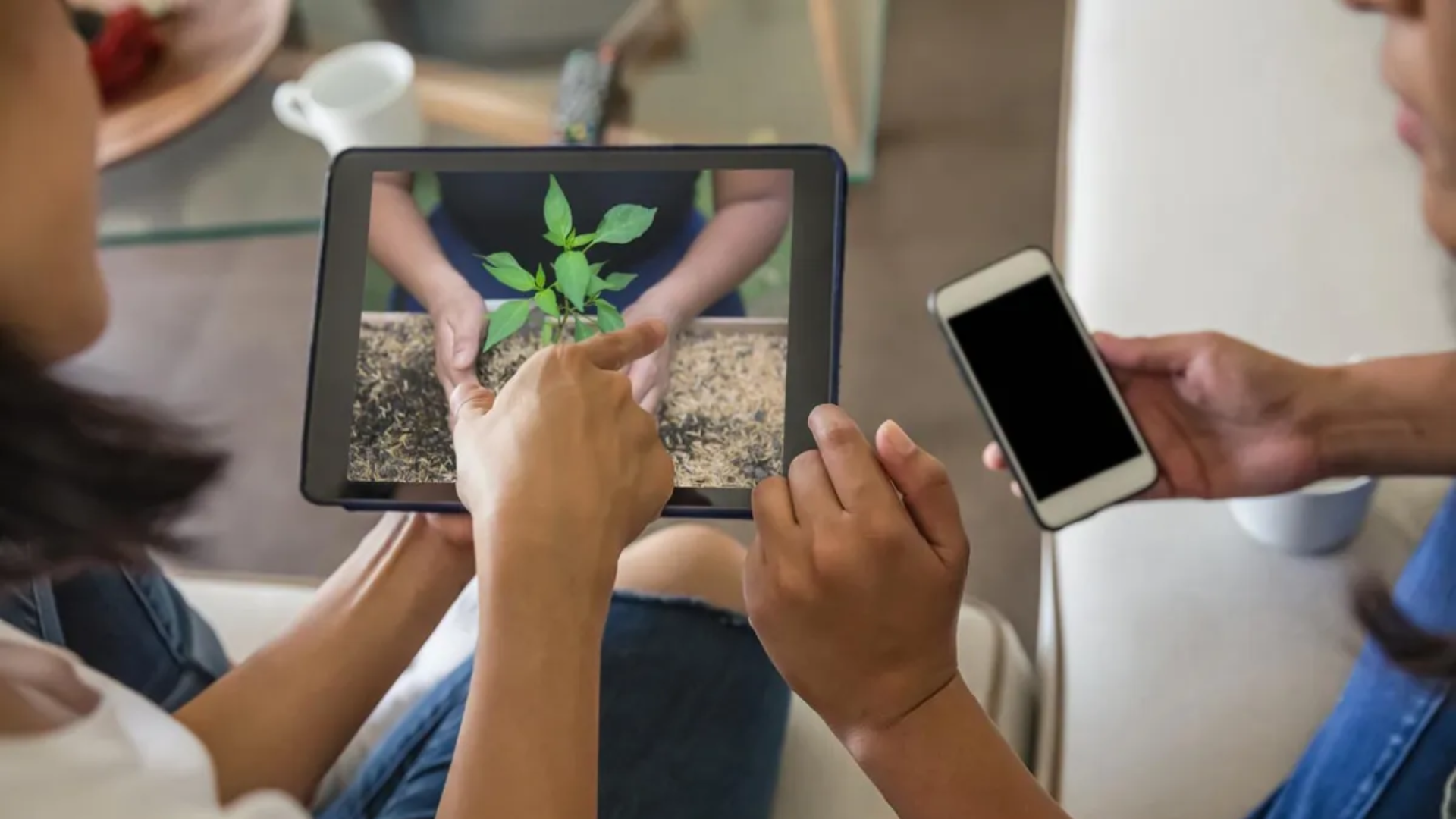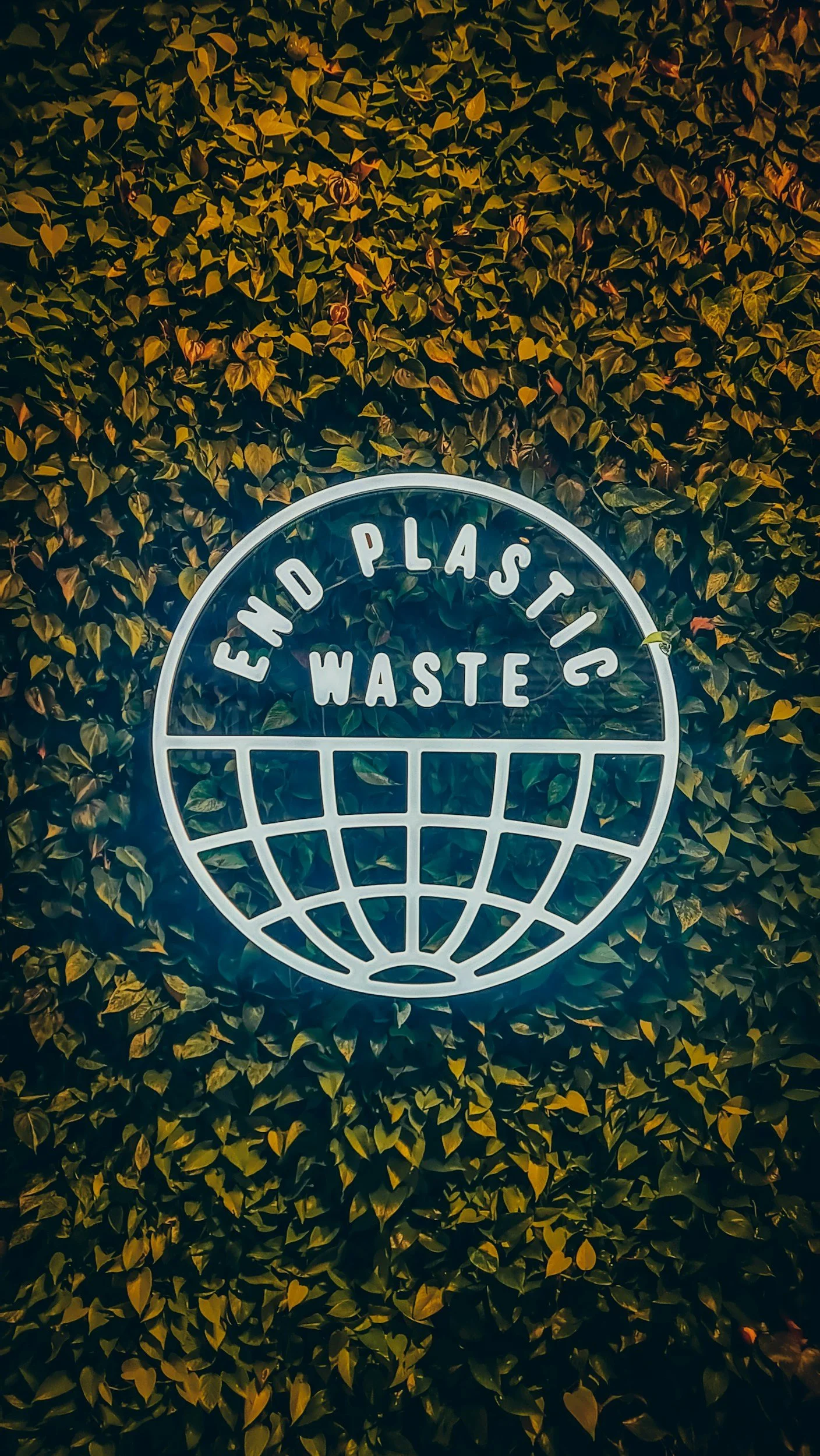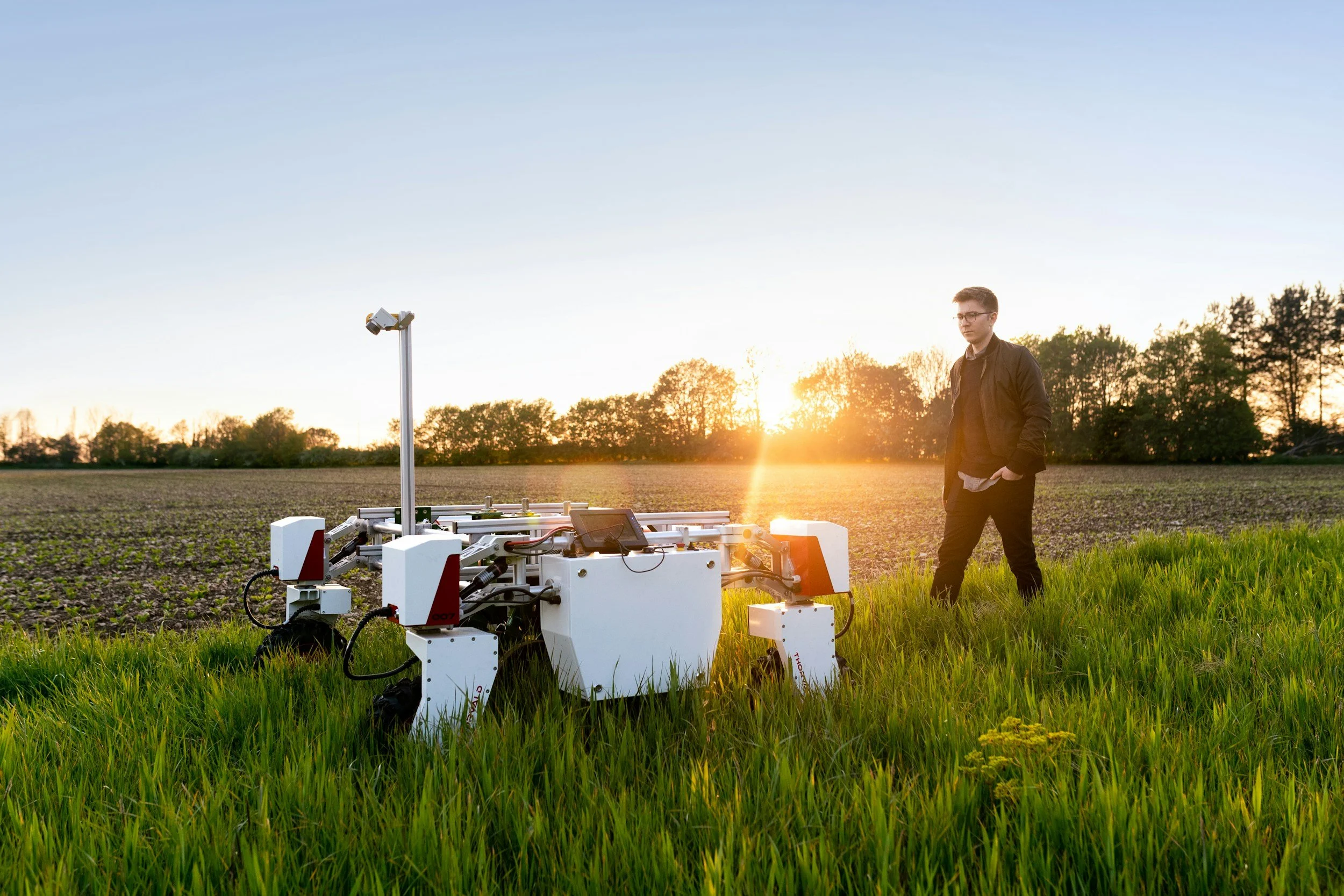Green Precision: The Environmental Benefits of Waterjet Cutting in Modern Industry
/(all images by Techni Waterjet)
In recent years, sustainability has become a top priority for industries worldwide. As the global push for greener practices grows stronger, manufacturers are seeking innovative ways to reduce their environmental impact. Waterjet cutting, a precision cutting technique, has emerged as an environmentally-friendly alternative to traditional methods such as laser and plasma cutting. By harnessing the power of water, waterjet cutting not only offers exceptional accuracy but also contributes to a cleaner, more sustainable manufacturing process.
What is Waterjet Cutting?
Waterjet cutting is a manufacturing process that uses a high-pressure jet of water, sometimes mixed with an abrasive, to cut through various materials. It is a versatile technique that can handle everything from metals and plastics to glass and ceramics, making it a popular choice in many industries. Unlike traditional cutting methods that generate heat, waterjet cutting uses the kinetic energy of the water stream to make precise cuts, resulting in minimal thermal distortion and a cleaner edge.
How Does Waterjet Cutting Work?
Waterjet cutting involves several key stages:
Pressurizing water – Water is pressurized to extremely high levels, often exceeding 60,000 psi.
Abrasive mixing (if applicable) – For harder materials, abrasives like garnet are mixed with water to increase cutting efficiency.
Directing the jet at the material – The waterjet is focused through a small nozzle to deliver the high-pressure stream directly to the material.
Cutting the material – The jet erodes the material along the cut line, producing a precise cut.
Removal of cut material – The cut material is removed, leaving a clean edge.
Why Is Waterjet Cutting Environmentally Friendly?
Techni Waterjet is widely recognized as the most environmentally friendly waterjet manufacturer in the world, thanks to its innovative approach to sustainable engineering. At the core of their green technology is the proprietary Electric Servo Pump (ESP), which consumes up to 60% less electricity than conventional hydraulic intensifier pumps. This not only significantly reduces carbon emissions but also eliminates the need for oil-based systems, cutting down on both waste and noise pollution. In addition, their systems support closed-loop water recycling, helping to conserve water throughout the cutting process.
These advancements align perfectly with the broader environmental benefits of waterjet cutting, which include zero toxic fumes, minimal material waste, and efficient water usage. As industries seek cleaner manufacturing methods, Techni Waterjet provides the technology to make sustainable production a practical reality.
What Are the Key Advantages of Waterjet Cutting?
Waterjet cutting stands out for its many benefits, including:
Precision – It delivers highly accurate cuts with minimal tolerance, ideal for complex shapes.
Versatility – Waterjet cutting can process a wide range of materials, from metals to stone, without altering the material’s properties.
Minimal heat-affected zone (HAZ) – Since the process generates little heat, there is no risk of thermal distortion or changes to the material’s internal structure.
What Are the Different Types of Waterjet Cutting?
Waterjet cutting can be broadly categorized into two types, each suited for specific applications:
Pure Waterjet Cutting
This method uses only water to cut through soft materials like foam, rubber, and plastics. It is ideal for applications that require precise cuts without the need for abrasives.
Abrasive Waterjet Cutting
Abrasive waterjet cutting uses a mixture of water and abrasive particles, such as garnet, to cut through harder materials like metal, stone, and ceramics. The abrasives enhance the cutting power of the waterjet, allowing it to handle tougher materials.
How Does Waterjet Cutting Compare to Other Cutting Technologies?
When it comes to its environmental impact, waterjet cutting outshines many traditional cutting methods. Here's how it compares to other popular cutting technologies:
Waterjet vs. Laser Cutting
Laser cutting can produce fine cuts but uses a significant amount of electricity and can create harmful fumes, making it less eco-friendly than waterjet cutting, which relies on water and does not produce hazardous gases.
Waterjet vs. Plasma Cutting
Plasma cutting involves high heat, which can cause material distortion and produce harmful gases. In contrast, waterjet cutting generates little to no heat and does not create toxic fumes, making it a cleaner alternative.
Waterjet vs. Mechanical Cutting
While mechanical cutting methods can produce noise and vibration and require additional lubricants, waterjet cutting is virtually silent and does not require external fluids, reducing the environmental footprint of this process.
How Does Waterjet Cutting Help Reduce Carbon Emissions?
Waterjet cutting offers several ways to lower carbon emissions:
No reliance on combustion – Unlike plasma or laser cutting, which often rely on electricity from fossil fuels, waterjet cutting has a minimal carbon footprint.
Lower energy consumption compared to other technologies – Waterjet cutting typically uses less energy, especially when compared to energy-intensive methods like laser cutting. This makes laser cutting power less efficient in terms of energy use, particularly for certain materials and applications.
Reduced use of toxic gases – With waterjet cutting, there’s no need for the use of harmful gases, which are common in plasma or laser cutting methods.
What Role Does Waterjet Cutting Play in Material Conservation?
Waterjet cutting contributes to material conservation in various ways:
Minimal kerf width – The narrow cutting width reduces material loss, maximizing the usable material.
High precision cutting – Waterjet cutting’s precision ensures that the material is used efficiently, with minimal waste.
No heat distortion – Since there’s no heat involved, materials maintain their full strength and integrity, preventing waste caused by thermal deformation.
How Can Waterjet Cutting Support Zero Waste Manufacturing?
Waterjet cutting plays a key role in helping industries move towards zero-waste manufacturing by:
High recyclability of cut materials – Materials cut by waterjets can often be recycled with little to no degradation in quality.
Reduced scrap and waste generation – The high precision of waterjet cutting means less scrap material is produced, helping to reduce waste overall.
How Waterjet Cutting Contributes to Sustainable Design and Manufacturing Practices
Waterjet cutting is integrated into various industries to support sustainable design:
Green Building and Architecture
Waterjet cutting allows for precise cuts in eco-friendly materials like recycled stone, glass, and metals, contributing to sustainable architecture.
Sustainable Automotive Manufacturing
Automotive manufacturers use waterjet cutting to reduce material waste while maintaining the integrity of lightweight, high-performance materials used in vehicles.
Aerospace Applications
Waterjet cutting supports aerospace manufacturing by enabling precise cuts in high-strength materials, contributing to energy-efficient aircraft design.
What Are the Environmental Impacts of Waterjet Cutting Water and Waste Disposal?
Proper water and waste management is essential for minimizing environmental impacts:
Wastewater recycling – Many facilities implement systems to recycle the water used in the cutting process, reducing waste and conserving resources.
Proper disposal of abrasives and sludge – Used abrasives and sludge must be carefully disposed of to avoid environmental contamination, with proper recycling methods in place.
How Can Waterjet Cutting Be Used in Eco-Friendly Material Sourcing?
Waterjet cutting encourages eco-friendly material sourcing by
Cutting recycled materials – Waterjet cutting is capable of processing recycled materials, helping reduce the demand for virgin resources.
Reducing demand for resource-intensive materials – By cutting materials more efficiently, waterjet cutting helps reduce the need for resource-intensive materials.
What Are the Future Prospects of Waterjet Cutting in Green Manufacturing?
Future advancements in waterjet cutting technology may include even more energy-efficient systems and improved recycling capabilities, further reducing its environmental impact and enhancing its role in green manufacturing.
How Is Waterjet Cutting Used in Green Industries?
Waterjet cutting has direct applications in industries focused on sustainability:
Green Manufacturing
Waterjet cutting contributes to reduced waste and energy use in manufacturing, helping companies achieve their environmental goals.
Renewable Energy
The precision of waterjet cutting is used in the production of components for renewable energy systems, such as wind turbines and solar panels.
Waste Reduction Initiatives
Waterjet cutting helps reduce scrap material, contributing to global waste reduction initiatives.
What Are the Challenges and Limitations of Waterjet Cutting?
Despite its benefits, there are some challenges to waterjet cutting:
Water usage – The process requires a significant amount of water, though recycling can minimize this issue.
Equipment costs – Initial investment in waterjet cutting equipment can be high.
Energy consumption – While more energy-efficient than other methods, waterjet cutting still requires electricity to pressurize water.
What Are the Costs Associated with Waterjet Cutting?
Waterjet cutting costs vary based on material, complexity, and cutting time:
What Is the Cost of a Waterjet Cutter?
A waterjet cutter can range in price from a few thousand dollars for basic systems to several hundred thousand dollars for high-end machines.
What Factors Affect the Cost of Waterjet Cutting?
Factors influencing cost include material type, cut complexity, and the thickness of the material.
How Does Waterjet Cutting Impact Industrial Safety and Worker Health?
Waterjet cutting offers several safety and health benefits:
No heat, smoke, or fumes – Unlike other cutting methods, waterjet cutting does not generate harmful smoke or fumes.
Less risk of material burns – The absence of high heat reduces the risk of burns and injuries associated with traditional cutting methods.
Can Waterjet Cutting Contribute to Eco-Certifications and Green Manufacturing Standards?
Waterjet cutting can help companies achieve green certifications and standards, including:
ISO 14001 Environmental Management
LEED Certification for Green Buildings
What Are the Limitations of Waterjet Cutting in Green Manufacturing?
Waterjet cutting faces some limitations, including:
Initial equipment investment – The upfront cost of acquiring waterjet cutting systems can be prohibitive for some businesses.
Water usage concerns – Although water can be recycled, its consumption remains a consideration in some applications.
An Innovative, Eco-Friendly Technology
Waterjet cutting is an innovative, environmentally friendly technology that offers numerous benefits to modern industries. From its minimal environmental impact to its role in material conservation and sustainable design, waterjet cutting is a key player in the push toward greener manufacturing practices. As technology continues to evolve, waterjet cutting’s role in supporting sustainability will only grow, making it an indispensable tool for the future of eco-conscious production.
About the Author:
Elia Guidorzi is the International Marketing Executive at Techni Waterjet, where he drives global brand growth and strategic communications for advanced waterjet cutting solutions.



















